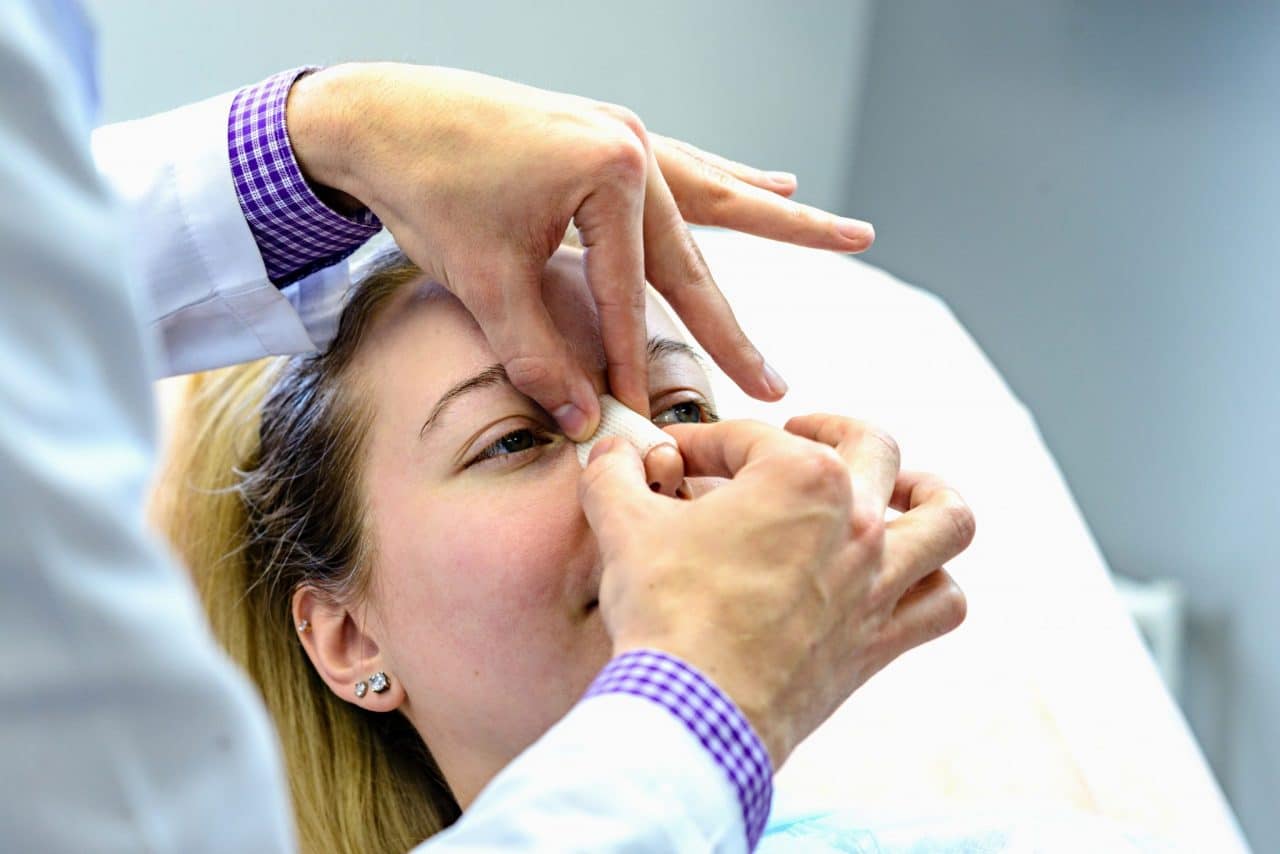Many problems that occur in the nose are temporary and easily treated with medication. Sometimes, however, surgery is needed. Some examples of symptoms and conditions that may require nasal surgery include:
- Nasal blockage
- Chronic sinusitis
- Deviated septum
- Sinus or nasal trauma
- Nose bleeds
- Nasal polyps
- Enlarged turbinates
- Chronic stuffiness
- Chronic breathing issues
What Nasal Surgery Options Are Available?
Depending on your condition, insurance, lifestyle and symptoms, your ENT physician may recommend one or more surgical treatment options. Some of the most common procedures we perform in-house or at our outpatient surgery center include:
Septoplasty
These procedures reshape, reduce or reposition portions of the septum’s bone or cartilage to open up the nasal passageway and improve drainage and breathing.
Turbinate Surgery

Turbinate surgery reduces airway obstruction and breathing difficulties that result from enlarged or swollen turbinates. Turbinates are long ridges on the inside wall of your nose that clean and humidify air as it passes through.
There are multiple types of turbinate surgery—most reduce the size of the turbinate to improve airflow. The most commonly performed turbinate surgeries are turbinate reduction and turbinate outfracture.
Turbinate Reduction: In this procedure, the surgeon uses an instrument to penetrate the turbinate lining to remove some of the underlying soft tissue and bone. This decreases the size of the turbinate.
Turbinate Outfracture: This surgery pushes the turbinate bone further to the side so that air has more space to flow through the nose.